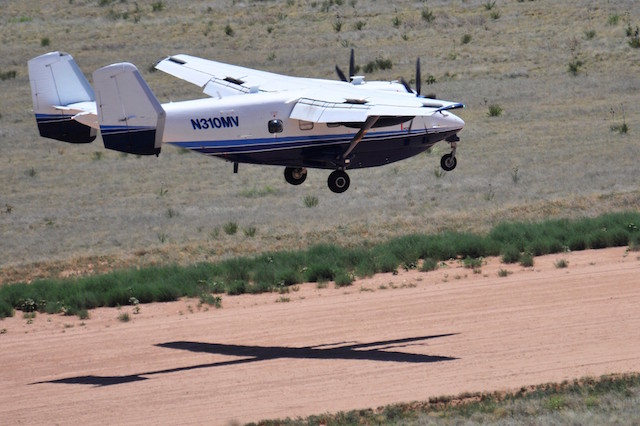
IPFS News Link • How To
How to Track the US Air Force's Covert Fleet of Civilian-Styled Planes
• Motherboard.vice.comIt can be difficult to keep track of all the places American troops are fighting, snooping for terrorists, or training and advising US allies around the world.
One good clue to spotting these operations, especially secretive commando deployments, is keeping an eye on the US Air Force's fleet of civilian-styled aircraft nearby.
Thanks to the Freedom of Information Act and free online tools, even a novice can get started looking for these inconspicuous planes.
Since at least the 1990s, some of the Pentagon's most specialized units have flown commercial-type planes and helicopters sporting civilian-style paint jobs. The very existence of the Air Force's 427th Special Operations Squadron remains a closely guarded secret.
After 9/11, America's elite troops suddenly found themselves combing the globe for terrorists and militants, while working with local forces in extreme and remote locations. The Air Force in particular scrambled to put together a more readily available fleet of discreet planes for a wider array of missions.
Formally dubbed "non-standard aviation," by 2013, the program included three types of planes: the C-145 Combat Coyote, the C-146 Wolfhound, and the Pilatus PC-12/47. The twin-engine C-145s and C-146s could lug cargo and supplies into combat zones and training areas, while the single-engine PC-12s could ferry commandos and smaller loads around as necessary.
Right now, you can go use any number of free online services like FlightRadar24 and possibly find one these planes flying about. Here's how.

As of June 2013, Air Force commandos had 10 C-145 Combat Coyotes, 14 C-146 Wolfhounds, and eight Pilatus PC-12/47s scattered at bases in the United States, Africa, Latin America, and Asia, including the Middle East, according to a table War Is Boring obtained via FOIA request.
The lists included another important detail: the planes' so-called "N-numbers."































